
Some time next year, Nintendo will talk about the mysterious NX, their brand new platform that is supposed to be a clean break from the Nintendo 3DS and Wii U, and provide something altogether new. In spite of a whole lot of educated speculation and guesses, we don’t know much about the NX- second and third degree leaks from hardware partners like AMD, and third party developers, seem to hint at a powerful machine that rights the wrongs of the Wii U, but we still don’t know what the NX is, or how it will help Nintendo stay relevant in the market.
Until now, it was impossible to make a reasonable guess about the NX- your speculation that it would be a new smartphone was more or less as accurate as mine that it would be a super powerful high end console from Nintendo, that would bring them back into the console race. This ambiguity about what the NX is has informed most of the discussion and discourse around the new system- since we don’t even know what the NX is, discussing what kinds of games or support it will have, or what kind of online platform Nintendo may be designing for it, is putting the horse before the cart.
However, thanks to the latest patent filings that were posted by NeoGAF user Disorienter yesterday, the entire idea seems to be coming together. After a thorough analysis of the new patent filings, as well as going back to the older ones from Nintendo, we think we’ve finally been able to understand what the Nintendo NX will be. It fits everything we’ve known about the NX for a while too- a unified handheld/console platform, a screen with holes in it, some form of cloud processing, cartridges as the game medium, and more.
So, for the first time ever, allow us to present to you the Nintendo NX- or its controller, in any case.
THE CONTROLLER
Yesterday’s patent filing focused mostly on the Nintendo NX’s controller- and this is where a lot of what we have heard about the system starts to come together. The filing revealed that Nintendo is still planning a controller with a screen in it- but this time, the screen won’t be discrete, like it was on the Wii U. Nor will the controller itself be shaped around the screen. Instead, it appears as though Nintendo is planning to have the screen embedded into the body of the controller itself, with holes in the screen through which buttons and the analog sticks will protrude.
This can be hard to understand, so first, let us show Nintendo’s series of patent drawings so you can get a better idea:
"
It appears as though Nintendo is planning to have the screen embedded into the body of the controller itself, with holes in the screen through which buttons and the analog sticks will protrude."
In the drawing above, (16) is the main body of the controller, but it is also a screen. The buttons and analog sticks (18a) and (18b) protrude through the screen, with the screen itself sculpted around them. In context of playing a game on the controller, this is how it would potentially look:
"
This patent makes it clear where Nintendo was going with its freeform ‘donut’ shaped screen patent from a while back- the screen isn’t literally donut shaped, but to allow for buttons and analog sticks to protrude through the screen, Nintendo needs to have lots of small holes (i.e. mini donuts) in the screen.
The benefits of this kind of a touch screen are immense- the controller, now shaped like a regular one, is no longer intimidating like the Wii U controller was. Its embedded touch screen gives it essentially infinite modular flexibility- instead of having to design their games around a fixed set of buttons and layout, developers aren’t held back anymore, and can have any button anywhere on the controller that they feel like. One memorable example Nintendo themselves have provided in the patent is a weapon wheel showing up right next to your thumbs in a shooter, pictured in the figure below:
"The benefits of this kind of a touch screen are immense."
Nintendo also makes it clear that the controller this time is a supplemental screen- no longer will the second screen be a focal point vying for your attention alongside the TV screen, but it will only be used for essential information that can be relegated to it, like a map or an HUD. This, alongside the controller’s usage for only input on the main games, means that the controller no longer distracts you from the main screen, like the Wii U Gamepad used to.
THE HANDHELD
The interesting thing about this controller isn’t just the embedded screen, though- a screen controller isn’t new for Nintendo, the Wii U did this, after all. Nintendo has been promising something new with the NX for a while now, and just having a screen wouldn’t make this new. No, it’s the fact that this controller appears to be an independent unit.
Essentially, it sounds as though the controller comes with its own CPU and GPU, its own RAM, as well as a speaker, its screen, and, most interestingly, a game cartridge slot. What this seems to imply is that the controller is an independent handheld unit- it has its own cartridge slot, and its own SoC. It can run games on its own too. And if you remember Nintendo’s patent filing for a game system that can run its games from a cartridge, suddenly, its inclusion on the controller reinforces the notion that the controller is an independent handheld, that can also act as a controller for the console.
"This new controller appears to be an independent handheld unit."
So, you are left with an unusually shaped handheld, that can also act as a controller for the main console itself- very similar to what Sony was going for with the PlayStation 4 and PlayStation Vita (although they admittedly dropped the ball). However, things get even more interesting when you consider another recent application Nintendo filed- one for cloud processing.
Now, Nintendo and cloud processing already sounds like something you wouldn’t want to be a part of. Not only is Nintendo historically bad with handling anything to do with the internet, but the last time a company tried to push cloud computing on us, we got the disaster that was the original Xbox One, pre-change of its policies. However, Nintendo’s cloud processing patent had some very interesting words that immediately caught our attention, and which, in conjunction with the patent filed yesterday, immediately paint a very different picture.
“For instance, the supplemental computing device may couple via a physical connection (e.g., a wired connection) to the game console for processing data associated with the game and providing a result back to the console, and/or for storing game data on behalf of the game console,” the patent filing for cloud computing reads. And suddenly, it’s very clear- Nintendo isn’t talking about online cloud computing like Microsoft did with the Xbox One- instead, they are referring to a client device that can locally get a computing boost from a host device.
Translated to simpler language, this means that our handheld, when in the vicinity of the main console unit, can get a computing boost by offloading computing to the console. So, even if you are not playing your handheld games on the TV by using the handheld as a controller for the console, your handheld games will play better at home than they would on the go- your handheld controller will automatically offload some of the computing strain to the console at home, leading to a far smoother, higher quality experience than it would be otherwise.
"
This means that our handheld, when in the vicinity of the main console unit, can get a computing boost by offloading computing to the console."
This handheld controller has other interesting aspects to it too- the screen, Nintendo’s filing reads, is in the 16:9 aspect ratio, which means we can finally move away from the bizarre proprietary screen aspect ratios Nintendo has been using with the 3DS. It also seems to have some form of autostereoscopic 3D, which means that the 3DS’s 3D function may be here to stay. And finally, it appears as though the touch screen this time around will not be resistive like the DS, 3DS, or Wii U- rather, Nintendo are finally adopting the capacitive standard that all smartphones and tablets, and the PS Vita, employ.
In essence, then, what we have here is something that has never been done before, but something that provides the logical conclusion to Nintendo’s evolution- a unified handheld/console platform for Nintendo, running the same or similar games on the same or OS, and on the same or similar hardware base. You will have a handheld you can play games on, and when you get in, you can continue playing your games on the big screen, with the handheld acting as the controller. Even if you don’t want to, your handheld will benefit from the console, since the console will provide it with supplemental computing power. The handheld and the console will be the same platform, and will unify Nintendo’s first and third party game development base. No matter what your preference is, you will be able to play the games you want- Pokemon on a console, or Call of Duty on a handheld will finally be possible.
THE PROBLEMS
The entire concept sounds enticing, and like a far more sensible implementation of the Wii U. However, it does raise three very important questions:
- The question of physical buttons (the patent drawings, at least, only feature two analog sticks and the shoulder buttons, with no physical face buttons or the D-pad)
- The question of cost
- The question of the console’s power
The question of physical buttons is easier to answer, so let’s get that out of the way first. While it’s true that the patent drawings and figures don’t show any physical buttons, and the concept seems to rely entirely on touch buttons, consider that patent drawings are simplified figures that illustrate only the specific concept being demonstrated and explained. The patent text does discuss the possibility of other physical buttons on the controller by bringing up freeform screens with holes.
"A patent drawing cannot be held as proof that the final product won’t have buttons."
A patent’s job is to just adequately exhibit the concept being patented, which these drawings do- it is not a prototype of the final product. As a matter of fact, I would like to remind readers that the Gamecube controller originally had no D-pad in its early stages, but it eventually launched with one; or that the Wii U Gamepad had only 3DS-esque analog sliders in its early stages, but eventually launched with two full fledged, clickable analog sticks. A patent drawing cannot be held as proof that the final product won’t have buttons- Nintendo almost certainly realizes that the modern game needs physical controls, and touch only controls would hamper the product far more than the Wii U’s Gamepad ever did for it.
The question of cost is the more interesting one, but it is also one that is harder to answer: simply put, a fully discrete handheld unit doubling up as the controller means that the controller will be very expensive. Especially for someone with no interest in handheld gaming, this will mean that buying a new controller will be needlessly expensive. A controller with a freeform capacitative touch screen with autostereoscopic 3D, and a fully independent SoC is definitely going to cost a pretty penny- what if a child drops it and breaks it? How will the family replace it?
The short answer would be that it would be no different from buying a new handheld (or getting it replaced) if your old one breaks, and that the controller in this case is a handheld first that just happens to double up as a controller, but that brings us back to the original point of an unnecessary cost being forced upon those who have no interest in handheld gaming.
How Nintendo plans to tackle this is unknown- they might offer the console and the handheld separately, or the console in two variants (a cheaper one with a regular controller, and a more expensive one with the handheld controller bundled), with the regular controller being sold separately for those who want a cheap throwaway controller for multiplayer gaming sessions. If this is the NX’s final design, then, this remains the most important question Nintendo needs to answer.
The final question remains that of the system’s power- surely a system that has such an expensive controller, and so many expensive ‘gimmicks’ can’t be too powerful, since the cost of the console would otherwise be driven up, right? In that case, wouldn’t Nintendo be releasing a weaker console far after the competition again? Would they not just be repeating the same mistake they made with the Wii U? Why would we expect the end result to be any different for them, then?
The answer is, we know the NX is not a weak system. From the games that have been announced for it so far (which it shares with the PS4) to the third parties that are looking into developing for the system, to patent filings, to just general discussions by industry specialists, everything suggests the system is at least on the same level as a PS4, if not a fair bit more. We’ve heard the system is using is using ‘industry leading chips,’ and that you need high end PCs to even run Nintendo NX tech demos. Even accounting for some degree of exaggeration and hyperbole, it is at the very least clear that the NX is going to be a powerful machine. I don’t know, then, how Nintendo is planning to control costs, if they are offering a powerful console with such an expensive controller, but that’s something that Nintendo themselves need to clarify when they finally announce the system officially next year.
Whatever Nintendo ends up doing, one thing is clear- 2016 is promising to be a very interesting time to be a fan of Nintendo, a fan of new hardware, and a fan of video games in general.








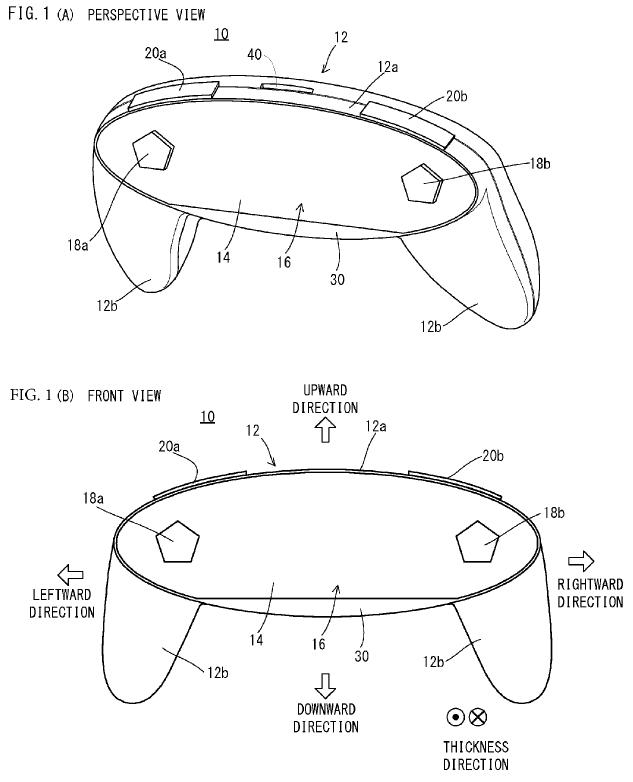
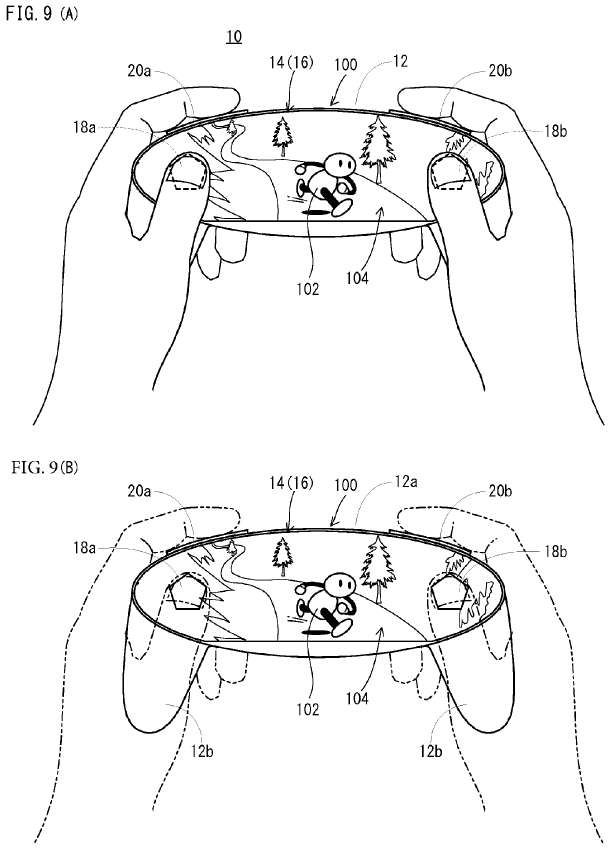
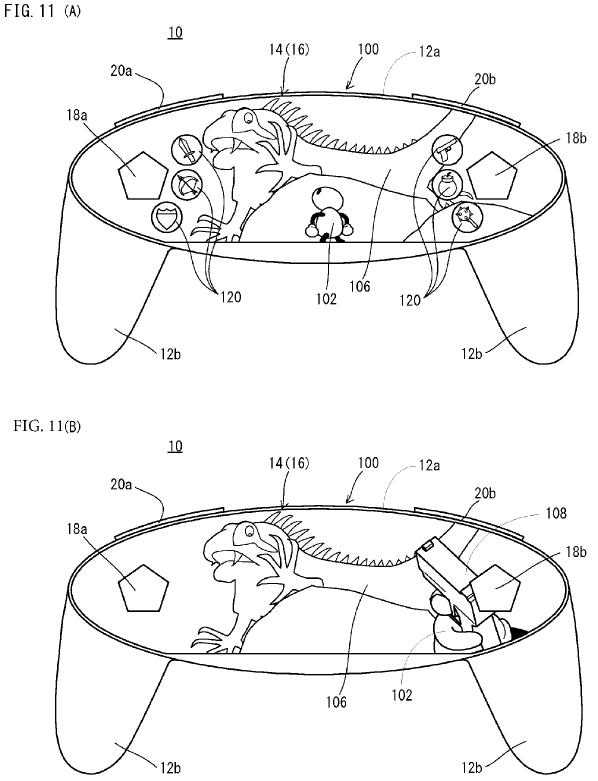
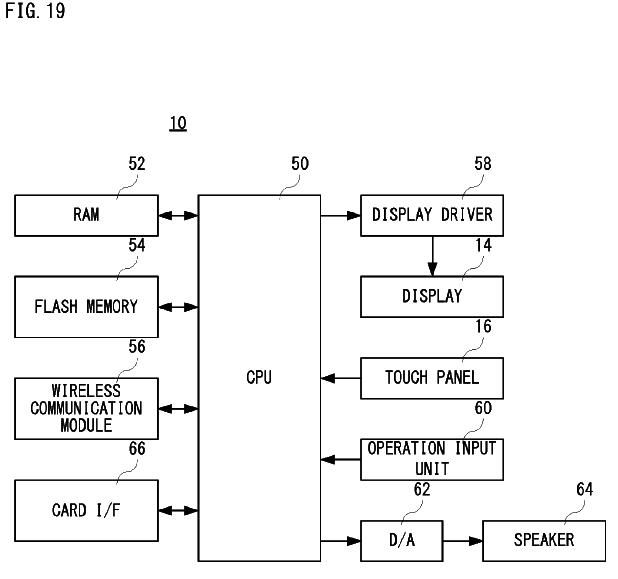
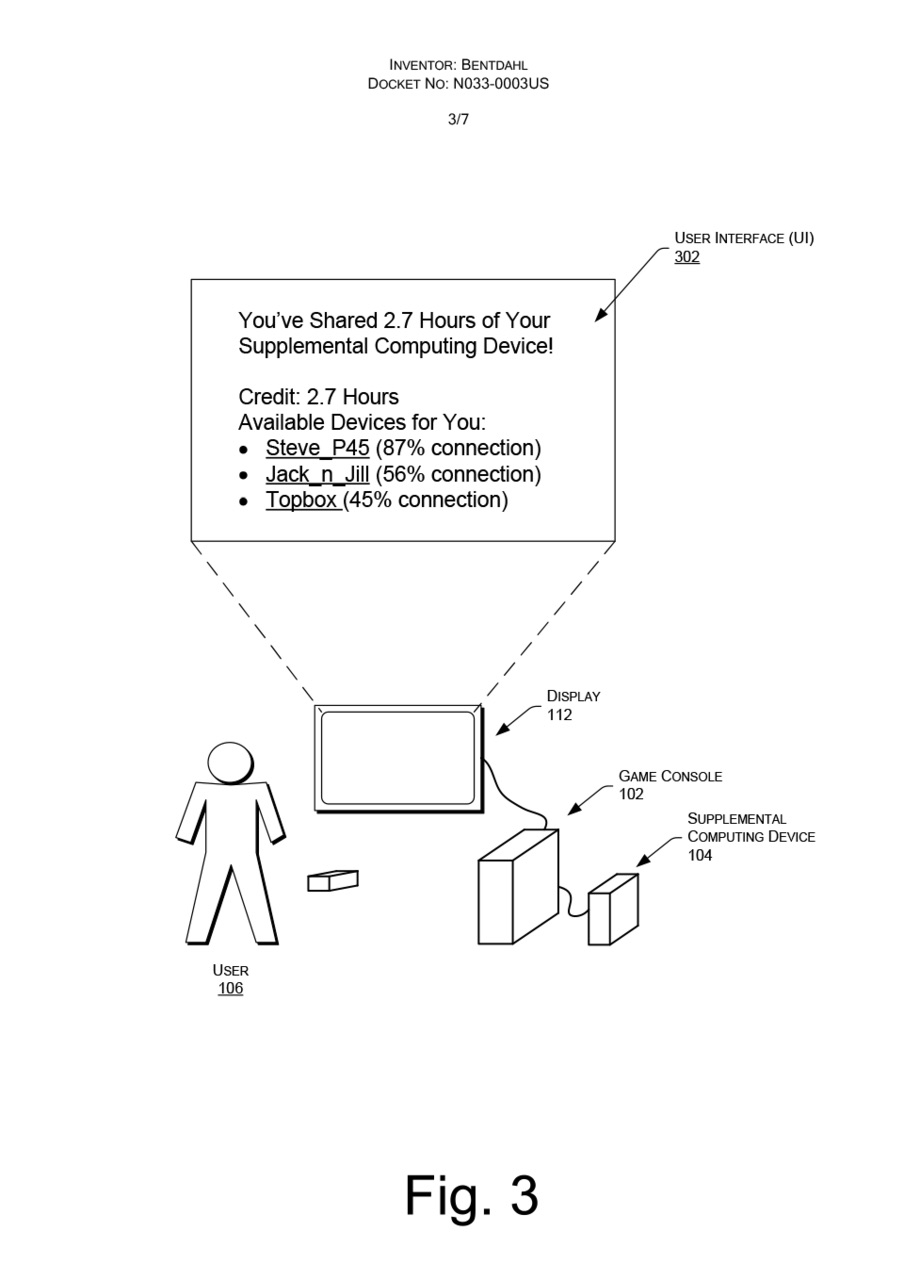










Share Your Thoughts Below (Always follow our comments policy!)